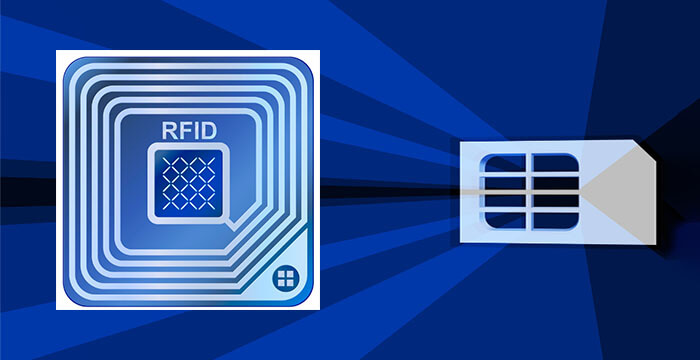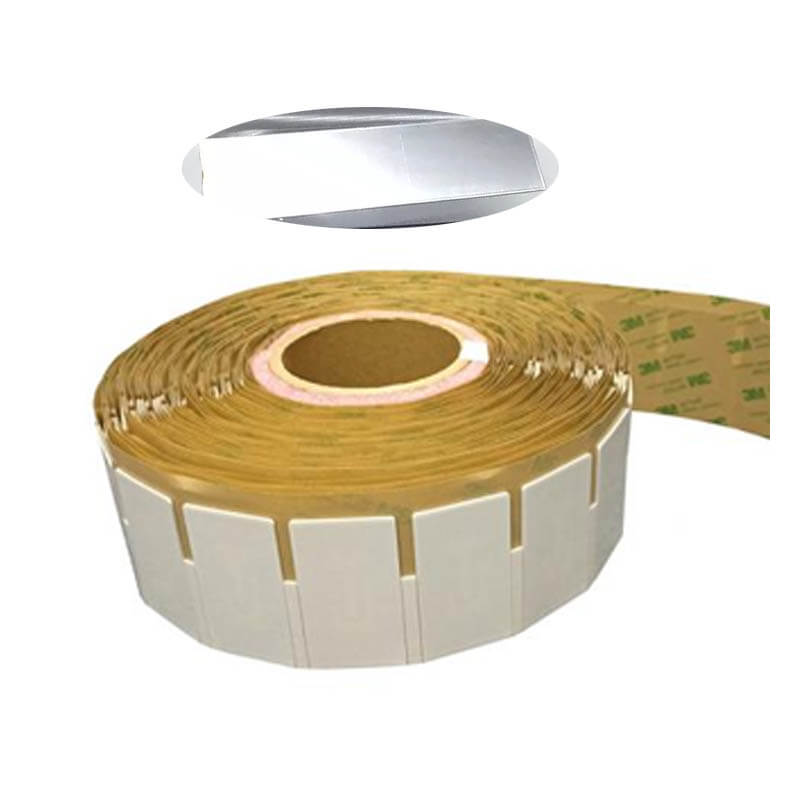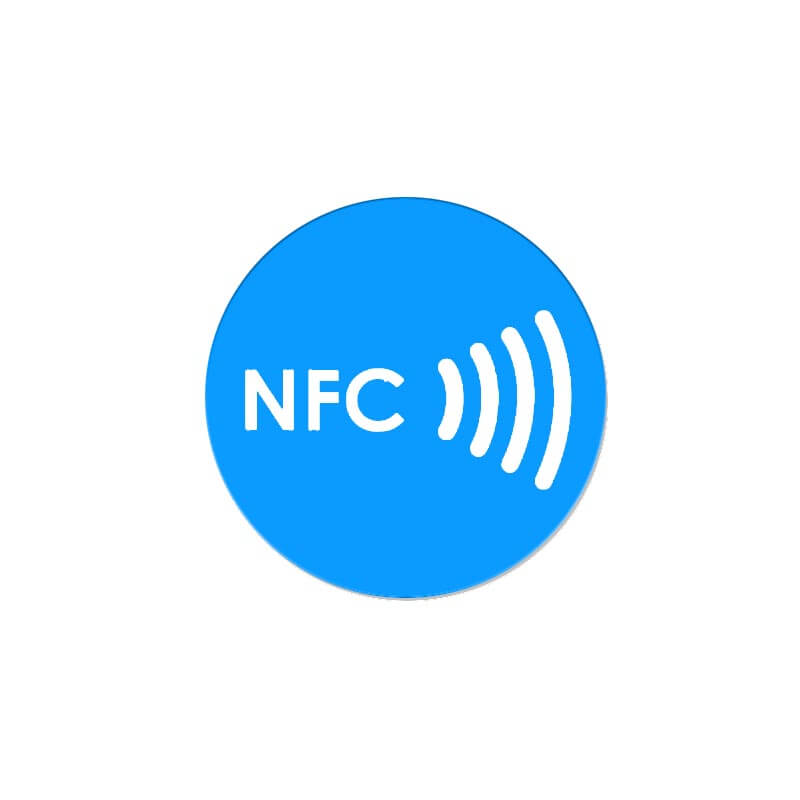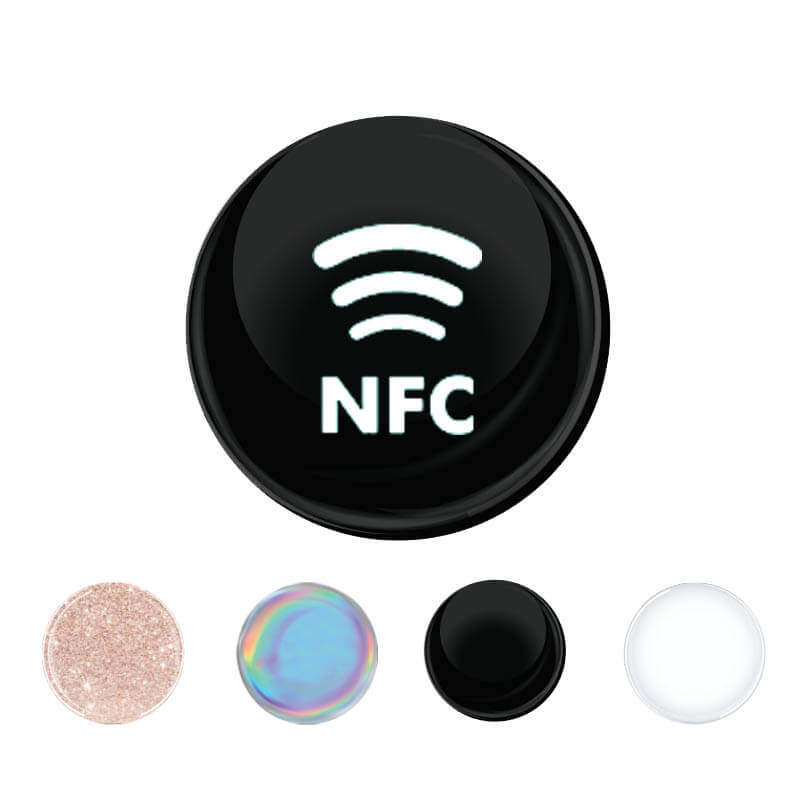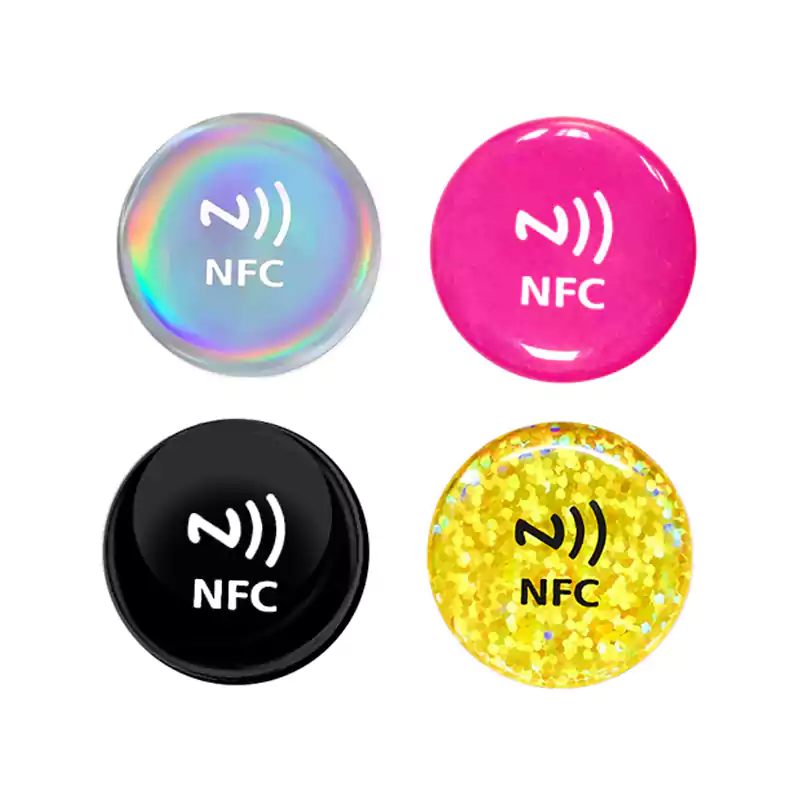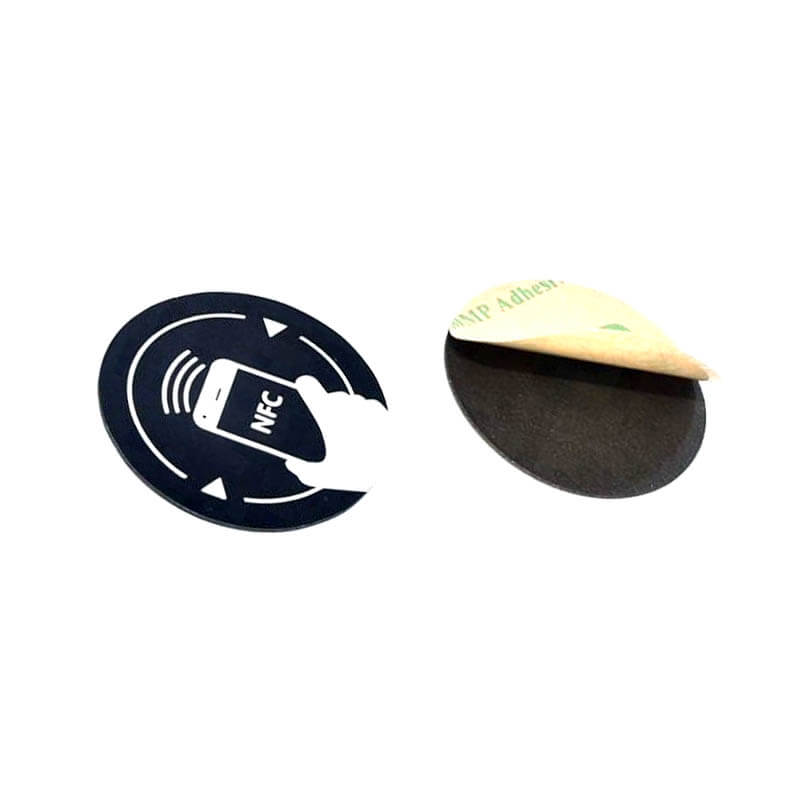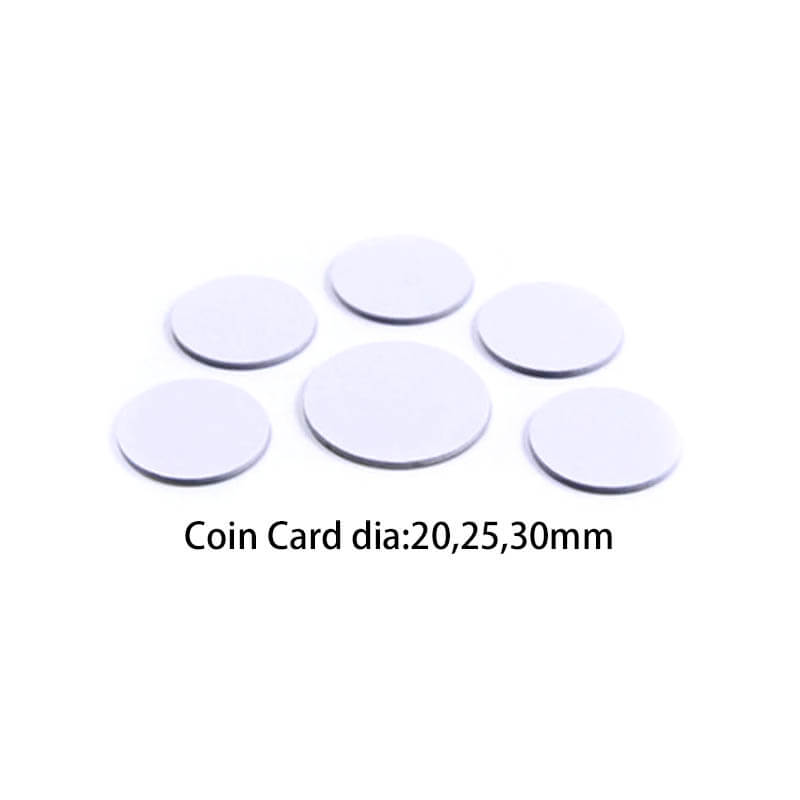Smart payments have become a norm in the current financial market. Be it Apple Pay, Android Pay, Samsung Pay, or NFC payments via cards – all these methods have gained immense popularity in recent years.
However, the technology that makes these payments possible is not new. It’s been in use for more than two decades. In fact, the first contactless card was introduced back in 1995 by Seoul Bus Transport Association.
So, what’s changed in all these years? Why are we only seeing a surge in the adoption of smart payments now?
Well, the answer lies in the complexities of the security protocols used by these payment methods. Let’s take a closer look at two of the most popular technologies used for contactless payments – EMV vs. RFID.
What is EMV?
EMV stands for Europay, Mastercard, and Visa – the three companies that originally developed this standard.
EMV chip cards are embedded with a special microprocessor chip that stores and protects cardholder data. Every time you make a purchase, this chip creates a unique transaction code that cannot be used again.
This makes EMV chip cards much more secure than traditional magnetic stripe cards. In fact, EMV is currently the most secure way to process credit and debit card payments.
EMV chip cards require contact with a point-of-sale (POS) terminal to make a payment. The card must be inserted into the terminal and left there until the transaction is complete.
However, modern EMV cards are integrating NFC technology, allowing them to be used for contactless payments as well. This enables EMV chip cards to be used with NFC-enabled POS terminals and mobile devices.
What is RFID?
RFID stands for Radio Frequency Identification. It uses electromagnetic fields to automatically identify and track tags attached to objects.
The tags contain electronically stored information that can be read from a distance. RFID tags can be low frequency (30-300 kHz), high frequency (3-30 MHz), or ultra-high frequency (300-3000 MHz).
RFID is used in a variety of applications, including contactless payments. In this case, the RFID tag is usually embedded in the credit or debit card. When you tap your card on a terminal, the RFID tag is read, and the payment is processed.
However, you should note that NFC (a high-frequency branch of RFID) is a more common technology used for contactless payments. It is regulated by ISO/IEC 14443 and offers a higher security level than regular RFID.
EMV vs. RFID – Comparison
Now that we’ve explained what EMV and RFID are, let’s look at the key differences & similarities between these two technologies:
- Mode of Use
Most EMV chip cards require physical contact with the POS terminal. The card must be inserted into the terminal for the duration of the transaction.
The terminals are equipped with a reader that reads the data stored on the EMV chip. This data is used to verify the card and process the payment.
Additionally, these cards have a complex chain of security events that must be completed before the payment can be processed. This includes verifying the cardholder’s identity and authorizing the transaction.
On the other hand, RFID payment cards only need to be placed near the terminal to complete a transaction. The data stored on the RFID tag is read wirelessly and used to process the payment.
As such, this technology is more convenient for both cardholders and merchants. Cardholders don’t have to fumble with their cards when making a payment. And merchants don’t have to worry about EMV terminal issues, such as reader misalignment.
This contactless advantage is one of the main reasons why RFID is slowly replacing EMV as the preferred method of contactless payments. Some EMV cards are now being equipped with NFC chips to allow for contactless payments.
- Security
EMV is widely considered to be the most secure way to process credit and debit card payments. This is because EMV chip cards are very difficult to counterfeit.
Additionally, EMV cards create a unique transaction code that cannot be reused. This makes it impossible for fraudsters to use stolen data to make a purchase.
RFID payment cards are also very secure. The data stored on the RFID tag is encrypted, making it difficult for fraudsters to read and decipher.
Additionally, most RFID payment card issuers have implemented security measures, such as tokenization. This process replaces the cardholder’s account number with a unique token.
This makes it impossible for fraudsters to use stolen data to make a purchase. Even if they were able to read and decrypt the data on the RFID tag, they would not be able to do anything with it.
- Cost
EMV chip cards are more expensive to produce than regular magnetic credit and debit cards. This is because they require a special chip that needs to be manufactured and installed on the card.
Additionally, EMV terminals are more expensive than regular POS terminals. This is because they need to be equipped with an EMV reader. The same applies to RFID terminals.
However, the cost of EMV and RFID cards and terminals is slowly coming down. As these technologies become more widespread, economies of scale will come into play and drive the costs down.
Disadvantages of Using EMV & RFID?
There are a few disadvantages of using EMV and RFID technology, including:
- Cost. Small businesses may not be able to afford the upfront costs of implementing EMV or RFID. It can be cost-prohibitive to purchase new terminals and train employees on how to use them.
- Compliance. EMV is a global standard, but not all countries have adopted it. This can make it difficult for businesses that operate in multiple countries to comply with different standards.
- Privacy. Some people are concerned about the privacy implications of using EMV and RFID. They worry that their data will be stolen and used without their knowledge or consent. However, these technologies are very secure and the chances of data being stolen are very low.
EMV vs RFID – Which is better?
There is no definitive answer to this question. It depends on the needs of the business. However, most people will prefer the contactless convenience of RFID over the extra security of EMV.
Of course, both technologies have their advantages and disadvantages. But at the end of the day, it’s up to the business to decide which one is best for them.
Related Articles:
- What is the NDEF format?
- The Reason Why Everyone Love NFC Wristband
- 12 Best NFC Tag Uses That Will Make Your Life Fun
- How to Create Your Own Amiibo Card in 3 Simple Steps
- Use of RFID Technology in Hospitals – 7 Things You Can Track
- 6 Crucial Factors that Affect RFID Read Range – A Detailed Guide
- LF, HF, and UHF Frequency: What’s the Difference?
- Active RFID Vs. Passive RFID: What’s The Difference?
- RFID Vs. NFC: What’s The Difference Between Them?

